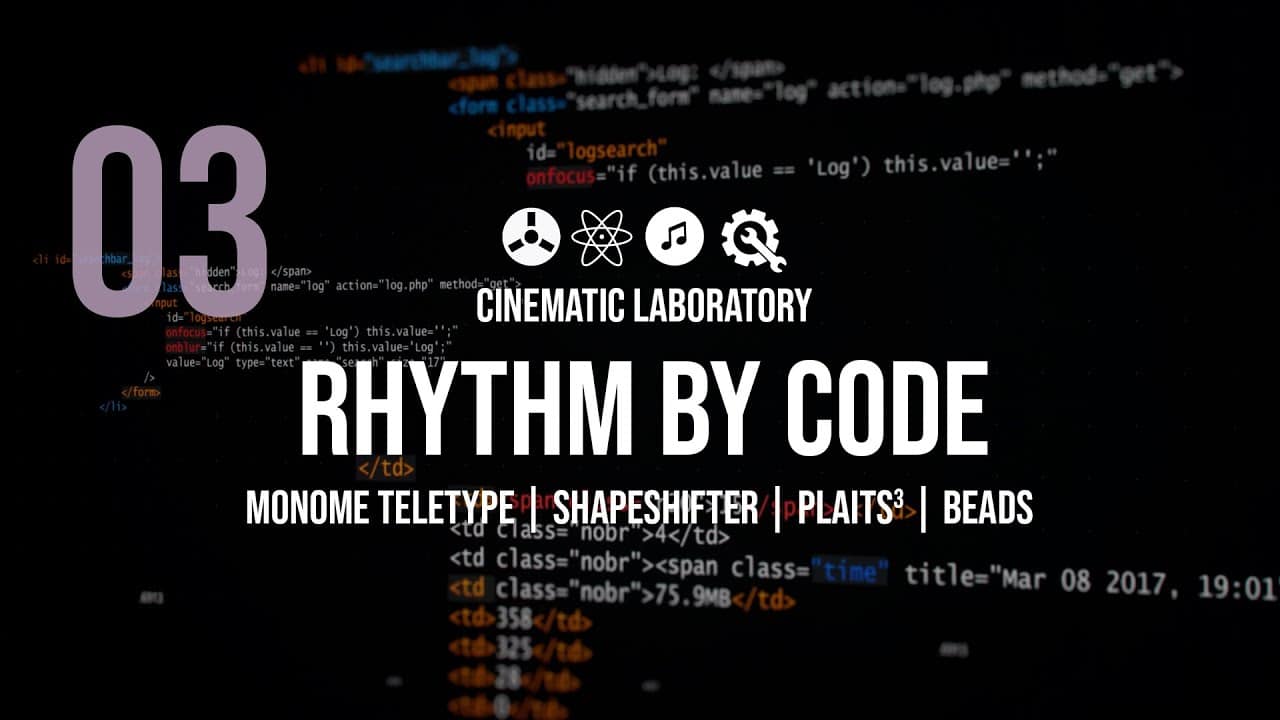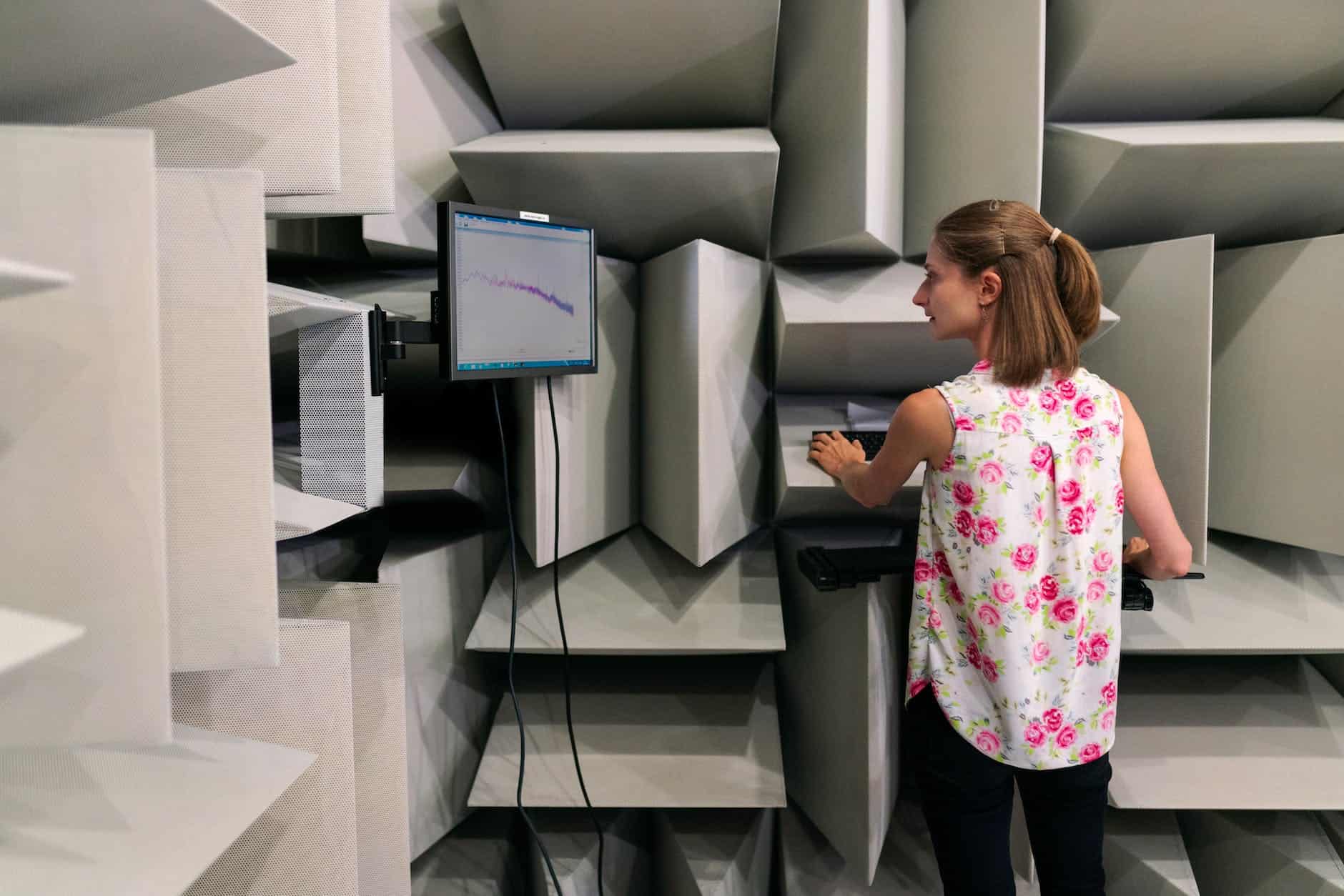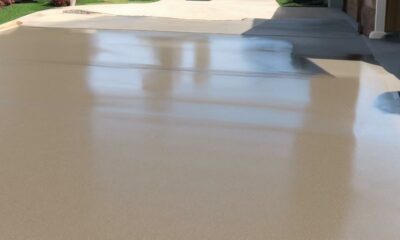monome
Monome TeleType | Episode 04 | Gate Quantizer

Monome TeleType
In this episode I’ve created another drum machine that creates simple patterns from random CV, triggers and LFO’s.
Here’s the script:
I Initalization script
M 125
X 0
Y 0
The initialization script only sets the metronome to 125 milliseconds, which adds up to 120 BPM. Every clock tick is a 16th note. It initializes two flags to zero.
M Metronome Script
EVERY 4: TR.PULSE 2
$ 3
$ 4
$ 5
The first line creates a kick trigger, a simple 4 on the Floor. Then it executes script 3, 4 and 5. See how easy it is to call scripts from other scripts. This keeps your code clean.
1 – Script 1
X 1
This script executes when a trigger or any rising edge is detected. It simply sets the X flag to 1 so teletype knows a trigger should be fired at the next metronome tick (script 3 is handling it)
2 – Script 2
Y 1
This script executes when a trigger or any rising edge is detected. It simply sets the Y flag to 1 so teletype knows a different trigger should be fired at the next metronome tick (script 4 is handling it).
3 – Script 3 – handles the X flag.
IF GT IN PARAM: X 1
IF EQ X 1: TR.PULSE 1
X 0
If IN (incoming cv) is greater than the knob position (PARAM), we’ll also set X to 1. If X = 1, we’ll fire a 100 msec trigger on trigger output 1
Then, we’ll set X back to 0.
4 – Script 4 – handles the Y flag.
IF EQ Y 1: TR.PULSE 3
Y 0
If Y = 1, we’ll fire a 100 msec trigger on trigger output 3
Then, we’ll set Y back to 0.
5 – Script 5 – generate some random voltage of 1, 2, 3, 4 or 5 volt.
CV 1 V RRND 1 5
CV 2 V RRND 1 5
1010music
1010Music BitBox Micro | feat. Monome Grid

1010Music BitBox Micro | feat. Monome Grid
This video started as a ‘starter kit video, but Grid is a bit too exotic to start with. BitBox Micro could be a great starting point for modular exploration, with a very high production value. This is a simple showcase of BitBox Micro and a few factory presets. But I discovered a cool feature I wasn’t aware of. In the Micro/MK2 you can just throw gates at all kinds of loops, and it stays in sync without a clock.
The old MK1 is also capable of this, but it would sound jagged and doesn’t always sync well. The new ARM processor is indeed very powerful! Amazing module.
Virtual Instrument Library
Rhythm by Code | Monome Teletype, Shapeshifter, Plaits x 3, Beads

Rhythm by Code
The third episode in my Teletype series. This time, I will create a simple rhythm machine with a bit of Grids-like density control on the hat. Easy to learn, lots of fun!
Here’s the code with some explanations.
Intitialization Script I
PARAM.SCALE 0 100
M 2000
In plain English:
Set the parameter knob scale to a range between 0 and 100
Set the metronome to 2 seconds (2000 msec)
Metronome Script M
This script executes every 2 seconds
CV 2 V RRND 1 8
CV 3 V RRND 1 8
CV 4 V RRND 1 8
So the metronome generates three random values between integer values between 1 and 8, kind of like octaves. They’re used for dramatic modulation of timbre and the modulation is not related to any clock.
SCRIPT 1
Script 1 is triggered by any clock, but expects 16th notes. So for every trigger, the following code gets executed:
EVERY 4: TR.PULSE 1
EVERY 8: TR.PULSE 2
DEL RRND 20 35: TR.PULSE 3
PROB PARAM: TR.PULSE 4
PROB PARAM: CV 1 V RRND 1 5
EVERY 13: TR.PULSE 1
For every fourth trigger, fire a pulse to trigger 1 – the kick
For every eighth trigger, fire a pulse to trigger 2 – the snare
So these two lines are clock dividers creating a four on the floor.
Wait a few milliseconds. The number of milliseconds is random between 20 and 35. Then, fire trigger 3 – the ‘human’ hat.
The parameter knob can be read with the PARAM keyword. We’ll use it to set a probability between 0 and 100 for firing off Trigger 4.
We’ll use the same probability to send CV to CV output 1, a voltage of 1, 2, 3, 4 or 5 volt (integer values).
Every 13th trigger we’ll fire another kick, creating polyrhythmic variations in the kick pattern.
monome
Monome Teletype | Episode 2 | Metronome Demons

Monome Teletype – Metronome Demons
I’ve created my first script for the Teletype, called ‘Metronome Demons’. It samples the IN cv input once a second with the M (Metronome) script. CV outputs A & B are initialized (I script) with a slew of 1 sec. In the Metronome script, the incoming CV is stored in Pattern Zero (the first pattern), simply referenced as P.
Patterns are ‘arrays’ with room for 64 numbers. An array is a table you can PUSH items in, POP items out or INS(ert) at a specific position. I chose to insert them on position (index) 0, which is the first item. This helps to see the numbers come in (tracker view). On specific intervals I’ll send these numbers to CV outputs A, B and C.
So this patch can respond to sequencers, LFO’s and pressure in mysterious ways, where the slew (portamento) will make weird transitions. The CV values are picked from the pattern P with random readers so it will always use the values you’ve gathered before and keep a relationship with what you’ve been harvesting. I don’t think there’s a module that can do this :).
The ‘Metronome Demons’ Script:
I
M 1000
CV.SLEW A 1000
CV.SLEW B 1000
M
P INS 0 0
P 0 IN
CV A P RRND 0 5
EVERY 3: TR.PULSE 1
CV B P RRND 5 10
CV C P RRND 10 20
-

 Vetted2 months ago
Vetted2 months ago11 Best Gore Websites to Explore the Darker Side of the Internet
-

 Music Theory2 weeks ago
Music Theory2 weeks agoUnlocking Nature’s Harmony: The Power of 432 Hz Frequency in Sound & Music for Enhanced Living and Well-Being
-

 Vetted1 month ago
Vetted1 month ago15 Best Commercial Vacuum Cleaners for Heavy-Duty Cleaning Jobs
-

 Vetted2 months ago
Vetted2 months ago15 Best Essential Oils Brands to Elevate Your Aromatherapy Experience
-

 Sound Design2 weeks ago
Sound Design2 weeks agoWhat Is the Difference Between a Sound Engineer and A Sound Designer?
-

 Native Instruments Kontakt2 weeks ago
Native Instruments Kontakt2 weeks agoVOCAL AI – Animated Intelligence: The Ultimate Vocal Playground
-

 Sound Design2 weeks ago
Sound Design2 weeks agoWhy Sound Engineer
-

 Vetted2 months ago
Vetted2 months ago15 Best Concrete Sealers for Ultimate Protection and Longevity










